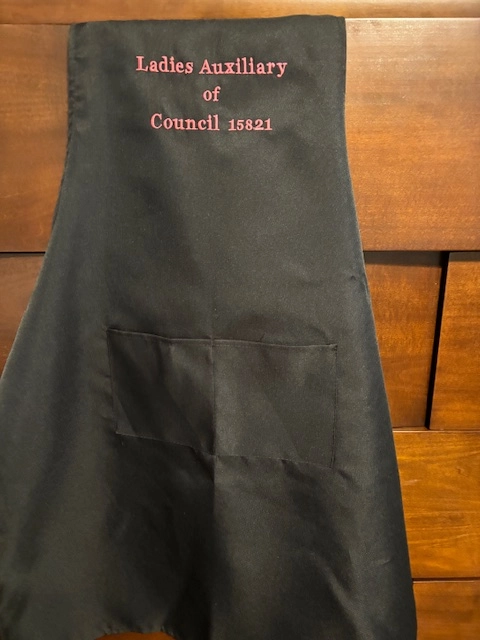The Art of Custom-made Needlework: Opening the Tricks to Creating Special and Remarkable Layouts
Needlework, a craft soaked in tradition and artistry, holds within its elaborate stitches the power to transform fabric into a canvas of distinct expression. The tricks to producing custom-made embroidery designs that captivate the eye and leave a long lasting perception depend on a delicate balance of technique, creativity, and attention to information. As we delve right into the globe of custom-made needlework, we discover the nuanced interaction in between thread choice, stitch intricacy, and layout customization that raises a simple garment to a work of art. Join us on a journey via the art of custom needlework as we untangle the mysteries behind crafting absolutely remarkable and unique developments.
Choosing the Right Needlework Threads
When picking embroidery strings, what crucial factors should you consider to make sure the best results for your custom-made layouts? The option of embroidery thread is critical in determining the final end result of your stitched layout.
Moreover, the weight or density of the string plays a substantial duty in the look of the embroidery. Thicker threads can include measurement and structure to your design, while finer strings are ideal for detailed information and little text. Additionally, considering the shade fastness and washability of the thread is essential to ensure that your personalized styles maintain their quality and vibrancy with time. By very carefully examining these elements and choosing high-grade threads that fulfill your particular requirements, you can boost the aesthetic appeal and long life of your embroidered creations.
Checking Out Various Stitch Methods
To look into the world of 'Exploring Different Stitch Strategies', one should realize the details and nuances that each sewing approach brings to the art of needlework. Various stitch techniques not just include visual rate of interest but likewise contribute to the general appearance and dimension of the style. One preferred stitch technique is the satin stitch, which includes very closely jam-packed parallel stitches to develop a smooth and glossy surface area, ideal for completing forms and creating strong lays out.
On the other hand, the backstitch is a flexible strategy frequently made use of for laying out and adding fine details. It includes sewing backwards to develop a solid line of embroidery. Furthermore, the French knot stitch adds a responsive component to designs, ideal for producing distinctive accents like blossom facilities or attractive touches.
Discovering different stitch techniques enables embroiderers to play with light, shadow, and depth within their layouts, boosting the aesthetic allure and imaginative top quality of you can check here their needlework projects. By mastering different stitching techniques, one can open limitless opportunities for developing unique and memorable custom-made needlework items.
Incorporating Personalized Style Components
Having discovered the details of various stitch methods such as the satin stitch, backstitch, and French knot, the emphasis now changes towards incorporating tailored style components in custom-made embroidery jobs. Personalized style elements play a critical function in making needlework projects absolutely distinct and remarkable.
One more means to incorporate tailored design aspects is by consisting of signs or concepts that hold special definition to the recipient or reflect their rate of interests and personality. Incorporating a preferred blossom, animal, or hobby-related symbol can make the embroidery layout much more meaningful and tailored. Furthermore, picking colors that resonate with the recipient or straighten with the designated style can further improve the customization of the needlework project.
Grasping the Art of Color Sychronisation
One key facet of color control is visit homepage understanding color theory. This includes understanding exactly how various colors connect with each various other, the feelings they share, and exactly how they can be incorporated to produce aesthetically attractive layouts. By using shade theory concepts, embroiderers can develop unified color schemes that boost the general look of the style.
In addition, focusing on comparison is vital in color coordination. Using contrasting shades can help specific elements of the style pop, improve legibility, and develop a visually dynamic embroidery piece. By grasping the art of color sychronisation, embroiderers can raise their styles and produce remarkable items that resonate with clients and viewers alike.
Enhancing Texture With Advanced Embroidery Stitches

Bullion knots, on the other hand, can be made use of to produce twisted, ropelike aspects that add a glamorous feel to the needlework. Trying out with these sophisticated embroidery stitches permits you to push the limits of standard embroidery and create absolutely special and visually appealing appearances in your tailor nearby styles.
Conclusion
To conclude, the art of customized needlework includes a combination of selecting the right threads, discovering various stitch strategies, integrating personalized layout aspects, understanding color control, and improving appearance with sophisticated stitches. By recognizing and carrying out these key elements, embroiderers can produce unique and unforgettable designs that showcase their creative thinking and ability. Embroidery lovers can open the tricks to developing stunning and custom pieces that stick out and leave an enduring impression.